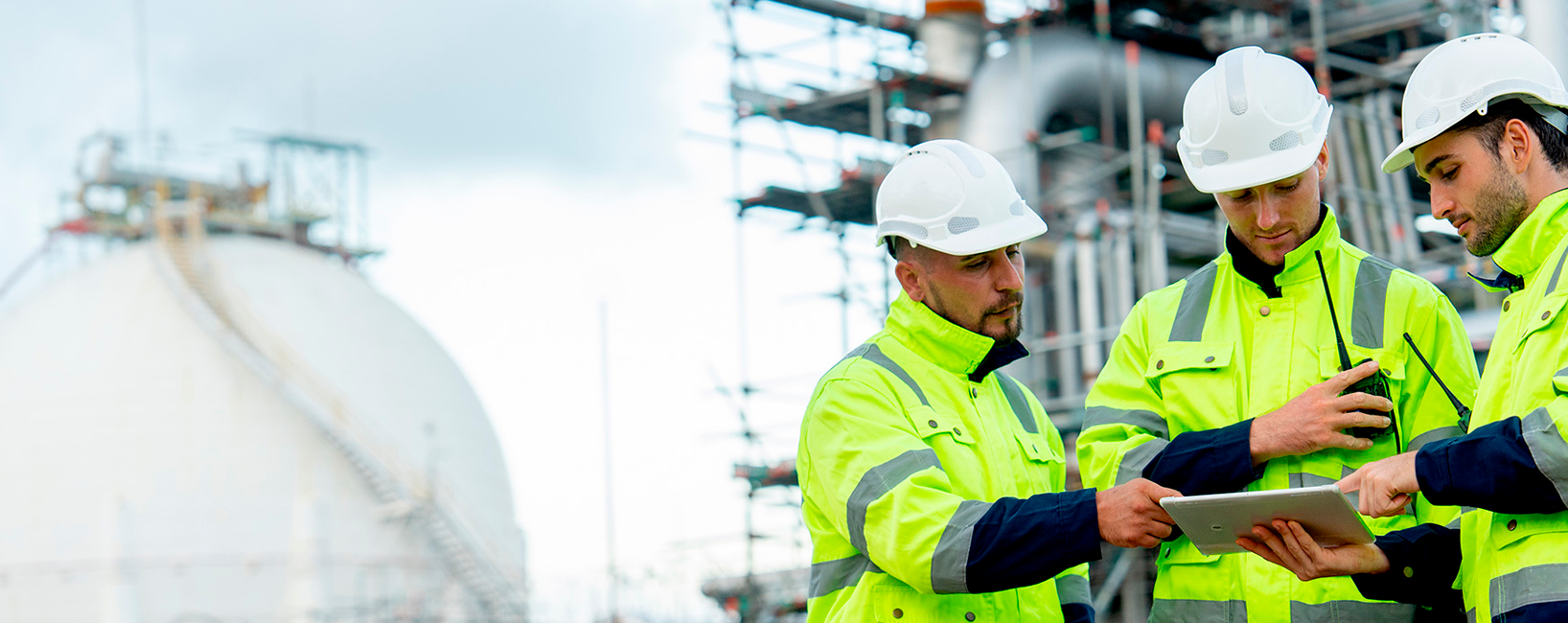Did you know that renovating & refurbishing a house instead of building a new one can reduce embodied carbon by over 68% compared to a new build? The construction industry is under increasing pressure to integrate sustainability into all its stages and processes, and addressing embodied carbon in buildings is a smart and lucrative solution that could reduce carbon emissions by 4.6 billion tons.
To meet the European Union’s sustainability goal, as outlined in the Paris Agreement, of becoming the world’s first carbon-neutral continent by 2050, the construction sector must strive for near-complete decarbonization. Achieving this ambitious goal is both a challenge and a major opportunity for companies and startups in the industry.
This blog presents key strategies & solutions to address the issue of decarbonization in the building sector. Keep reading to learn more!
Table of contents
What is embodied carbon?
Starting with the basics, embodied carbon refers to all emissions generated during the life cycle of the building materials, these are known as embodied emissions and include extraction (in activities such as mining), manufacturing, transportation, construction, and disposal.
To be a bit more technical, you can differentiate between two types of carbon emissions in the construction sector:
- Embodied emissions: This refers to the total amount of CO2 emissions emitted in the production of the building.
- Operational emissions: These are the ongoing emissions that result from a building’s energy use during its operational phase, specifically those based on day-to-day activities. For example, all the energy and water consumed in its heating & cooling processes.
An interesting fact about embodied emissions is that industrialized construction can reduce them by up to 37% compared to traditional methods. This is because instead of building on-site, industrialized construction involves the manufacture of standardized components off-site. As a result, only the materials needed are produced, which minimizes waste and maximizes efficiency, resulting in less embodied carbon emissions.

What’s the difference between embodied emissions & greenhouse emissions?
To avoid confusion between the two terms, greenhouse gas (GHG) emissions are a broader category that includes all emissions that contribute to climate change. This term also includes embodied emissions as well as emissions from other sources & sectors such as agriculture and energy.
Why should you care about embodied carbon?
Now that you understand what embodied carbon means, you might be wondering why it has become such a hot topic in the industry lately. Here are a few reasons:
Impact on climate change
Addressing embodied carbon is an important way to mitigate global warming. Currently, annual embodied emissions from buildings account for 11% of the construction sector’s total emissions, while operational carbon emissions account for 28%.
However, it is estimated that between 2030 and 2040, half of all building emissions will be embodied. Carbon emissions generated today will contribute to future climate change such as extreme temperatures and weather events, making it a critical issue for companies in the sector to tackle.
Adherence to sustainability standards
Attention, this is hot off the press! In 2024, the European Union (EU) will introduce voluntary (still unnamed) certification for activities that reduce carbon emissions in various sectors, which will contribute significantly to achieving its ambitious climate goal of carbon neutrality by 2050.
There is a growing focus on green building standards & voluntary certification systems, such as the recently updated Leadership in Energy and Environmental Design (LEED) certification. LEED ranks building projects using a point system that ranges from Platinum (highest rating) to Certificate (lowest rating).
Government incentives
Governments are providing incentives and grants to developers and builders who actively reduce the embodied carbon of their buildings and create low and carbon-neutral homes. For example, the 2021 Toronto Green Standard (TGS) offers rebates on development charges (fees paid by construction companies to the municipality where the project is located) for projects that reduce embodied carbon.
Another clear example of these incentives is the IRA (Inflation Reduction Act) of 2022, United States, which provides grants, tax incentives, and loans for buildings that are designed to be more energy-efficient and climate-resilient. This legislation provides US$2.15 billion in funding specifically for the procurement of low-carbon materials for construction & renovation projects.
How to reduce embodied carbon in construction: Strategies & solutions
Embodied carbon is not a matter we can overlook. Here are 5 innovative solutions you can incorporate into your construction business:
- Low-carbon materials: Concrete is the second most widely used material on Earth after water. Its success is due to its versatility and durability, but it also has a major drawback – its production generates an estimated 7% of global CO2 emissions and is the largest contributor to embodied carbon in the built environment. Low-carbon concrete is one of the key players that’s changing the game in the industry. It can reduce CO2 emissions from construction projects by up to 40% by 2030.
For instance, in 2020, Cemex launched Vertua, a range of low CO2 concrete products that offer a 30%- 70% lower carbon footprint.
- Circularity: Circular practices in construction transform waste and reduce reliance on new materials. Effective waste management solutions eliminate multiple stages of the product lifecycle, such as raw material extraction. This circular approach significantly reduces embodied carbon emissions, extends the life of materials, and minimizes their environmental impact.
- Greener equipment: Traditional diesel-powered construction equipment contributes about 3% of embodied carbon for new construction projects, according to a McKinsey analysis. However, some equipment manufacturers are at the forefront of developing zero-emission electric construction equipment, such as electric excavators. Given the need for zero-emission construction equipment, IDTechEx forecasts that the global market for electric construction equipment will grow from US$10.2 billion in 2023 to US$44.8 billion in 2030.
- Innovative technologies: Groundbreaking solutions such as Building Information Modeling (BIM) make it possible to assess the embodied carbon and environmental impact of different materials throughout a building’s lifecycle. This capability helps builders select the most appropriate sustainable materials with the lowest environmental impact for their projects, supporting their efforts to reduce carbon emissions.

Cemex Ventures reduces embodied carbon through innovation
Cemex Ventures is looking for solutions that reduce embodied carbon in the built environment and make construction greener. We are highlighting two startups from our investment portfolio, Carbon Upcycling & Vizcab, that have addressed this issue in a visionary way:
Carbon Upcycling
In 2022, Cemex invested in Carbon Upcycling Technologies (CUT), a revolutionary Canadian startup that uses today’s pollution to build the materials of tomorrow by converting CO2 gas into solid products. Its solution enables the reduction of carbon emissions in cement and concrete production by up to 30% through clinker substitutes. In 2023, the disruptive startup was featured in our Cleantech Construction Map under the Carbon Capture, Utilization & Storage (CCUS) vertical.
Vizcab
Cemex invested in Vizcab after it was named one of the winners of Construction Startup Competition 2023. The French startup has made a significant impact on reducing embodied carbon in the industry with its platform that can measure and reduce the carbon impact of construction projects. Its solution is aimed at developers, architects, engineers, and building manufacturers, offering a Software as a Service (SaaS) solution that accurately measures carbon emissions at different stages of a building’s life cycle. Vizcab was featured in our Cleantech Construction Map 2024 & named Top 50 Contech Startup of 2023.
Does your startup have a transformative solution that can make the industry more sustainable? Contact us to discuss how your startup can contribute to a greener future together with Cemex.

